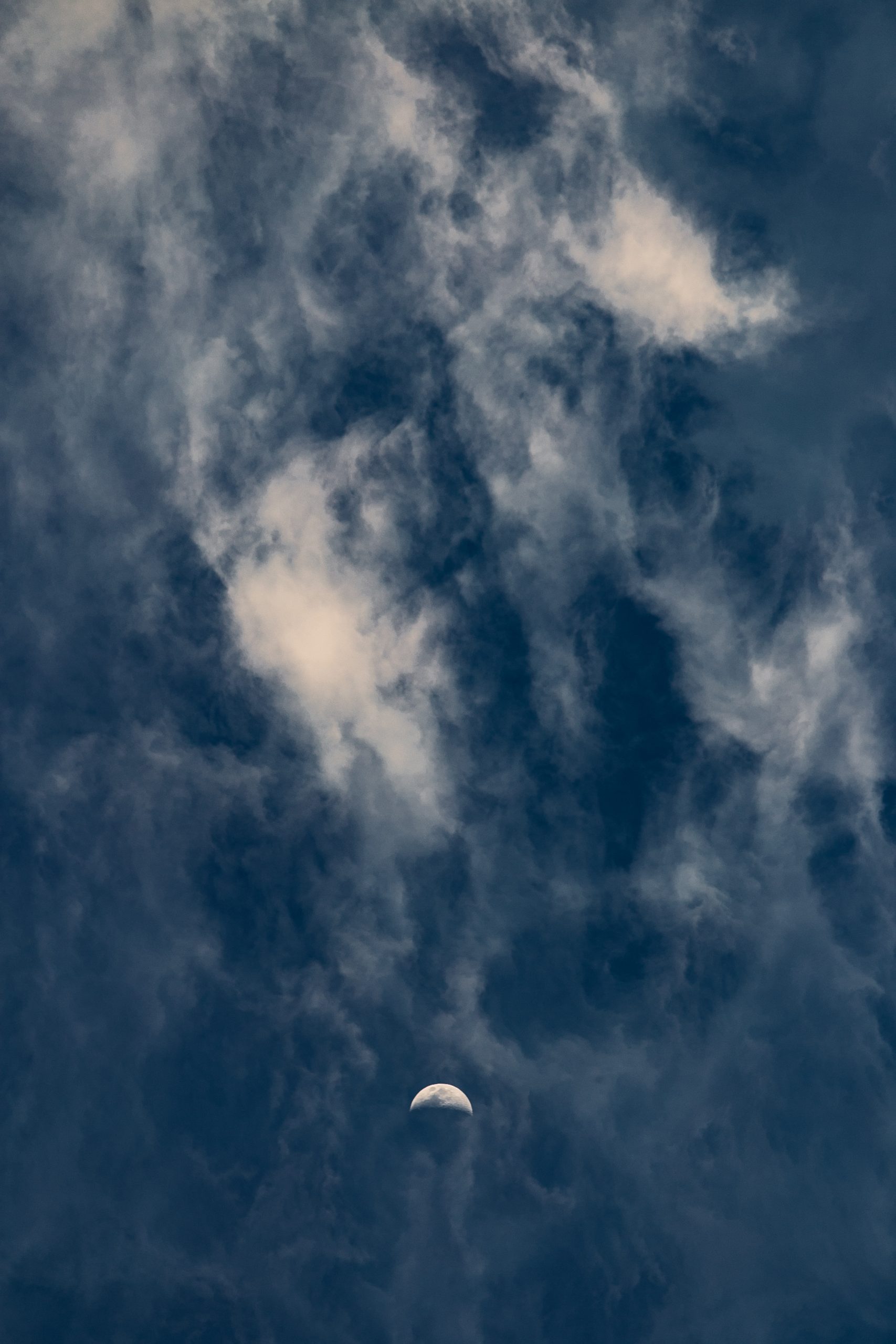Exploring Hypnagogic Hallucinations in Lucid Dreaming
Lucid dreaming is a fascinating phenomenon that allows individuals to consciously experience and control their dreams. While many people are familiar with the concept of lucid dreaming, there are several lesser-known aspects of this unique state of consciousness. One such aspect is hypnagogic hallucinations, which occur during the transitional phase between wakefulness and sleep. In this blog post, we will delve deep into hypnagogic hallucinations, their connection to lucid dreaming, and how they can enhance the overall lucid dreaming experience.
Understanding Hypnagogic Hallucinations
Hypnagogic hallucinations, also known as hypnagogia, are vivid sensory experiences that occur during the moments when you are transitioning from wakefulness to sleep. These hallucinations can manifest in different forms, including visual, auditory, tactile, and even olfactory sensations. They often consist of fleeting images, sounds, or other sensory perceptions that feel incredibly realistic.
While hypnagogic hallucinations are most commonly associated with sleep disorders like narcolepsy or sleep paralysis, they can also occur naturally in the general population during the sleep onset stage. In the context of lucid dreaming, hypnagogic hallucinations can act as a gateway to entering a fully lucid dream state.
The Connection to Lucid Dreaming
Hypnagogic hallucinations play a crucial role in the process of entering a lucid dream. As you transition from wakefulness to sleep, these hallucinations create a bridge between the conscious and subconscious mind. They serve as a doorway through which you can enter the realm of lucid dreaming.
During hypnagogia, the brain is in a unique neurological state that allows for increased flexibility and openness to suggestion. This state is known as the hypnagogic state, and it is characterized by heightened creativity and a dissociation from ordinary reality. By leveraging this transitional state, individuals can use hypnagogic hallucinations as a tool to induce and enhance their lucid dreaming experiences.
Inducing Hypnagogic Hallucinations for Lucid Dreams
If you are interested in exploring hypnagogic hallucinations and harnessing their potential for lucid dreaming, there are several techniques you can try. Here are a few methods commonly used by experienced lucid dreamers:
- Meditation: Practicing meditation before sleep can help calm the mind and increase your chances of experiencing hypnagogic hallucinations. Find a quiet, comfortable space, and focus on your breath or a specific object to induce a relaxed state of mind.
- Wake-Back-to-Bed (WBTB): Set an alarm to wake up after approximately 4-5 hours of sleep. Stay awake for a short period, engaging in activities that promote wakefulness, such as reading or writing. When you return to bed, your mind will be more receptive to hypnagogic hallucinations, increasing the likelihood of entering a lucid dream.
- Mnemonic Induction of Lucid Dreams (MILD): Before sleep, repeat affirmations or visualizations related to lucid dreaming. Focus on the intention to become aware within your dreams. This technique can increase your chances of experiencing hypnagogic hallucinations and transitioning into a lucid dream.
Enhancing the Lucid Dreaming Experience
Hypnagogic hallucinations can significantly enhance the overall lucid dreaming experience. Once you have successfully transitioned from wakefulness to a lucid dream state, you can further explore the hallucinatory nature of your dreams. Here are some techniques to maximize the vividness and control within your lucid dreams:
- Reality Testing: Perform reality checks within your lucid dreams to assess whether you are dreaming or in physical reality. For example, try to push your hand through a solid object or read a sentence twice to see if the text changes. This practice helps you maintain lucidity and recognizes the dream state more effectively.
- Stabilization Techniques: To prevent the dream world from becoming unstable or fading away, engage your senses within the dream. Rub your hands together, touch objects around you, or focus on the intricacies of your surroundings. These actions help solidify your presence within the dream and maintain its clarity.
- Dream Control: With practice, you can manipulate the elements of your dreams to your liking. Fly through the skies, morph into different beings, or conjure specific scenarios. Remember that your imagination and belief are the key determinants of what is possible within a lucid dream.
Conclusion
Exploring the realm of lucid dreaming can be an extraordinary adventure for those who are willing to dive into their own subconscious minds. Hypnagogic hallucinations form an essential component of this journey, acting as a gateway to the world of lucid dreams. By understanding and harnessing the power of hypnagogic hallucinations, you can unlock new levels of consciousness and experience dreams in a way that few have the chance to explore. So, next time you find yourself drifting off to sleep, pay attention to the mysterious world of hypnagogia and discover the possibilities that lie within.
Table of Contents
